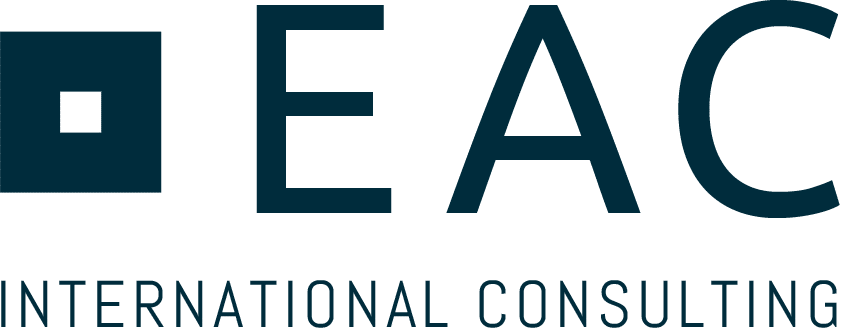China Standards 2035 – Shaping the World of Tomorrow?
What is ’China Standards 2035’?
Following the ‘Made in China 2025’ strategic plan, China has officially launched the ‘China Standards 2035’ strategy in 2018, aiming to lay out a blueprint for the Chinese government and leading tech companies to set global standards for emerging technologies, such as 5G, Internet of Things (IoT), and Artificial Intelligence (AI). After a planning phase of two years, the National Standardization Committee published a preliminary report in May 2020, with the final strategic document expected to be released this year.
China strives to play an increasing role in the formulation of international standards to strengthen its global presence and to shape the future direction of tech development. As standards are usually formed based on the best technical solutions, it speaks for the advanced development of a country. Therefore, being able to influence standards allows a country a stronger control over system design and rulemaking, thus providing them with a dominating position in the global market. Innovation is of great importance as being the pioneer in a new area opens the opportunity to take the lead in the formulation of industry standards. In recent years, China has increased its number of ISO and IEC proposals, reaching an annual growth rate of 20%, which shows China’s ambition to shape the world through standard setting.

Why are industry standards important?
Many industries, including the tech industry, use standardized specifications and processes to ensure that products designed by different companies can work together seamlessly, guaranteeing compatibility. This not only allows production on a big scale that can be commercially sold globally but also drives innovation and efficiency as it saves resources to develop a new internal system.
Furthermore, technological standards can also turn into a lucrative business, as huge profit can be generated through licensing fees since the implementation of certain standards requires the use of certain patented technologies. As of today, most of the proprietary standards in the technology sector are established by foreign companies, but China has gained an increasingly active role in recent years.
What does this mean for MNEs operating in China?
The ‘China Standards 2035’ has not gained as much awareness as the ‘Made in China 2025’ so far, which might be mainly due to the reason that the final strategy has yet to be released. However, foreign companies operating in China need to continuously pay attention to the current economic and political development.
As China seeks to set the foundational rules which will define next-generation technologies and resources, it will actively drive innovative technology development within the country, which might further fuel the competition in the domestic market. Decisions made on standards can shape the architecture to the advantage and disadvantage of companies.
Foreign firms should put a high focus on innovation as well as agility and flexibility in order to keep up with the dynamic environment. Should the plan succeed, China will have increased participation and influence globally, which will have long-term economic consequences as it further boosts the country’s overall economic performance and efficiency. However, the precise implications of the ‘China Standards 2035’ can be more accurately interpreted once the strategic plan has been fully released.
Latest
India’s Agrochemical Sector: Promising Opportunities

Building a Manufacturing Powerhouse: India’s Blueprint for 25% GDP Contribution

ASIAN EXHIBITION INDUSTRY GROWTH IS HERE, BUT SHOULD YOU GO THE ORGANIC/ INORGANIC ROUTE?

Renewable Energy Vision and Manufacturing Excellence in India


